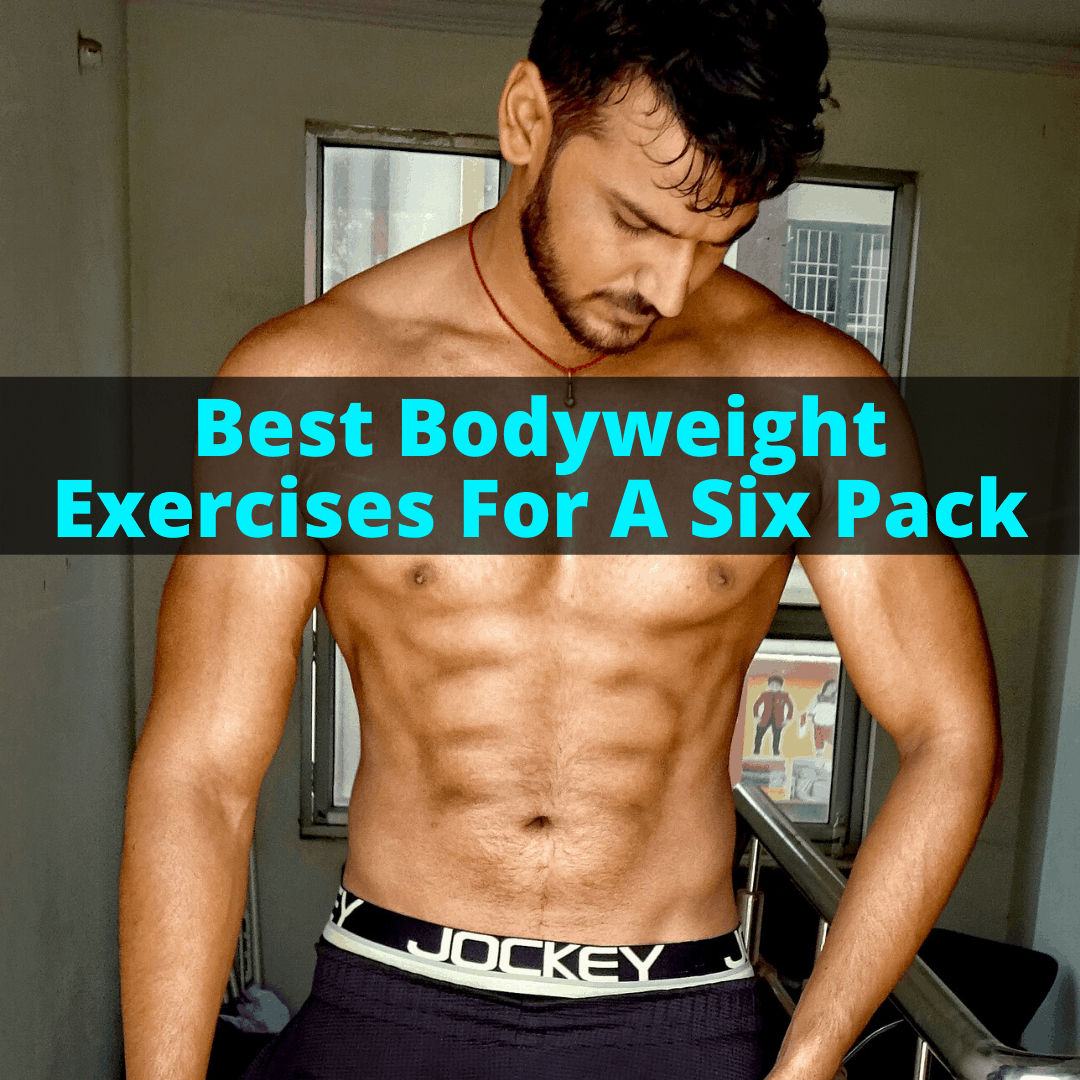 Everybody wants to have six-pack abs.
Everybody wants to have six-pack abs.
But not many are willing to put in the work to achieve them.
And it does take work. Hard work.
First you need to do the right exercises to build up your abs.
We’ve got a ton of great bodyweight exercises that target your abs below. Each exercise has an easy, a medium and a hard version. Start with whichever one you’re most comfortable with and work your way up.
But working out your abs is only half of the equation. You also need to eat right.
Nutrition Is Important
As a very popular saying goes “Abs are made in the kitchen.”
A more appropriate version of this saying is “Abs are made in the gym, but revealed in the kitchen.”
While you can build up your core strength and develop your abs over time, nobody will be able to see them if you do not keep your nutrition in check.
The less body fat you have, the more likely it will be that somebody will notice all of the hard work that you put into strengthening your core.
What Is Body Fat Percentage?
BFP is the total mass of the fat that a person has divided by the total mass of that person. Body fat is not only the fat on the outside of the body that can be seen, but also the internal fat the cushions that internal organs.
Women need more body fat than men, due to their ability to have children. The American Council on Exercise states that essential body fat percentages for women are 10-13% and for men, 2-5%.
This also means that women and men will need to have a different amount of body fat before abs can be revealed.
The ACE also defines that an athletic woman will have between 14 and 20% body fat and a fit woman will have between 21 and 24% BF while an athletic man will have between 6 and 13% BF and a fit man will have between 14 and 17% BF.
Unfortunately, being athletic or fit doesn’t necessarily mean your abs will show.
The general consensus in the fitness community, however, says that roughly 10% BF is needed for men to have visible abs and roughly 17% BF is needed for woman.
This does not necessarily mean that, if you hit the percentage for your sex that your abs will show. Everybody’s body is different, which is why it is important to set a goal, but not be disappointed if your abs aren’t quite visible yet.
What Should I Eat?
It is best to stick to foods that are filling while still high in your needed daily vitamins and nutrients.
Many nutritionists recommend eating a lot of whole foods and cutting down on processed foods. After all, you cannot out-exercise a bad diet.
However, the best diet is one you will stick to – make it a lifestyle change and it will seem like less of a hassle.
[av_promobox button=’yes’ label=’I want to lose weight!’ link=’manually,https://69c782w7izu1eydzmfuz3ake8n.hop.clickbank.net/?tid=BW6PACK’ link_target=’_blank’ color=’theme-color’ custom_bg=’#444444′ custom_font=’#ffffff’ size=’large’ icon_select=’no’ icon=’ue800′ font=’entypo-fontello’ box_color=” box_custom_font=’#ffffff’ box_custom_bg=’#444444′ box_custom_border=’#333333′]
If you’re looking for a diet plan. This one might be a great fit!
[/av_promobox]
Bodyweight Exercises To Engage Core Muscles
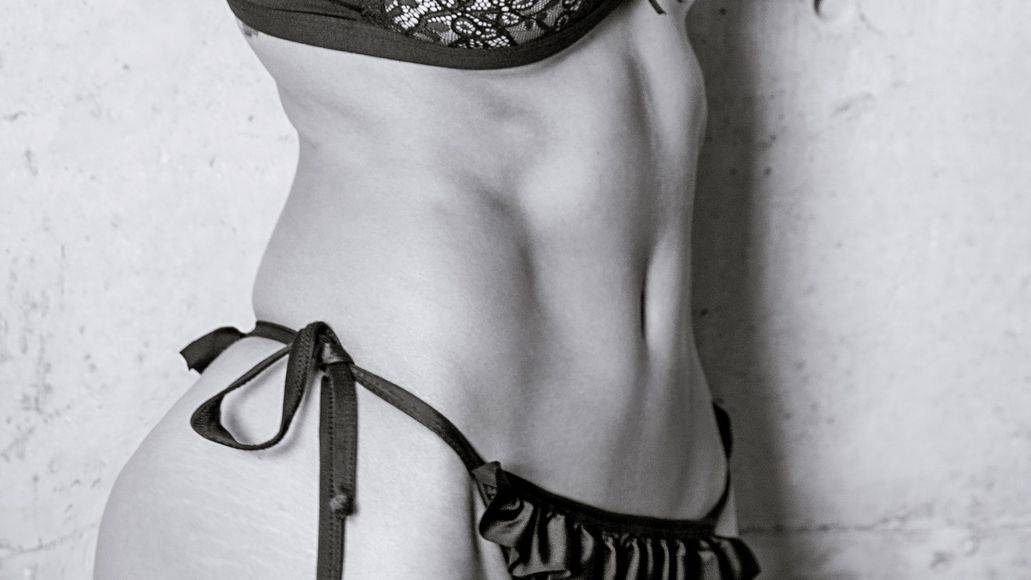
While a trip to the gym can prove beneficial, if you don’t have the time or the money to join one, you can still achieve the body you want through doing the following exercises regularly.
Each exercise will have an easy, medium, and hard variation, so that you can cater your workout to what your fitness level is currently.
If you really want to build up your muscles, make sure you are doing each exercise for no more than 12 reps. Between 5 and 8 reps per set is ideal.
If each of your sets is more than 12 reps, the exercise is cardio work and you are limited more by your ability to breathe than your ability to follow through on the exercise.
You want to be doing the hardest possible variation for you in order to gain strength. This is called progressive overload.
If you keep doing the same exercises at the same level, your body will adapt to that exercise and you will stall. If you consistently push yourself, you’ll be able to build strength using only your own bodyweight!
Wearing a weighted vest like these is a great way to push yourself once any of the exercises start becoming too easy.
Remember to breathe out when you are contracting your muscles, and breathe in when you are stretching out and releasing the muscles. This will help your workouts to be more effective.
Your abs recover quickly, so you can train them every other day, or every day if you are advanced. Try to do 5 sets at first, working up to 8 sets.
Squats
A squat is exactly what it sounds like – you lower yours upper body using only your legs and your stabilizer muscles.
Squats work your glutes and quads, but if you keep your abs engaged the entire time you are squatting, not only will you work your lower abdominals, but you will be helping your stability.
For each of the below exercises, your starting position is the same: standing with your back straight, feet hip-width apart.
Easy: Half-Squats
- From the starting position, lower your butt down like you are going to sit down. Keep your feet straight ahead, and don’t move your back from the straight position.
- Go as low as you can, then come back up. That is one repetition.
- Try to do 5 or 8 reps before resting.
Medium: Full Squats
- Follow the advice from the “easy” version of the squat, but push yourself until your thighs are parallel with the ground.
- Hold for a second before coming back up.
- Make sure that your knees and feet do not move position.
Hard: Pistol Squats
- From the starting position, lift one leg forward, straight, trying to keep it at a 90 degree angle from your other leg.
- Lower yourself down, then push back up, keeping your leg in the air the entire time.
- For a “starting” pistol squat, you can hold onto your leg.
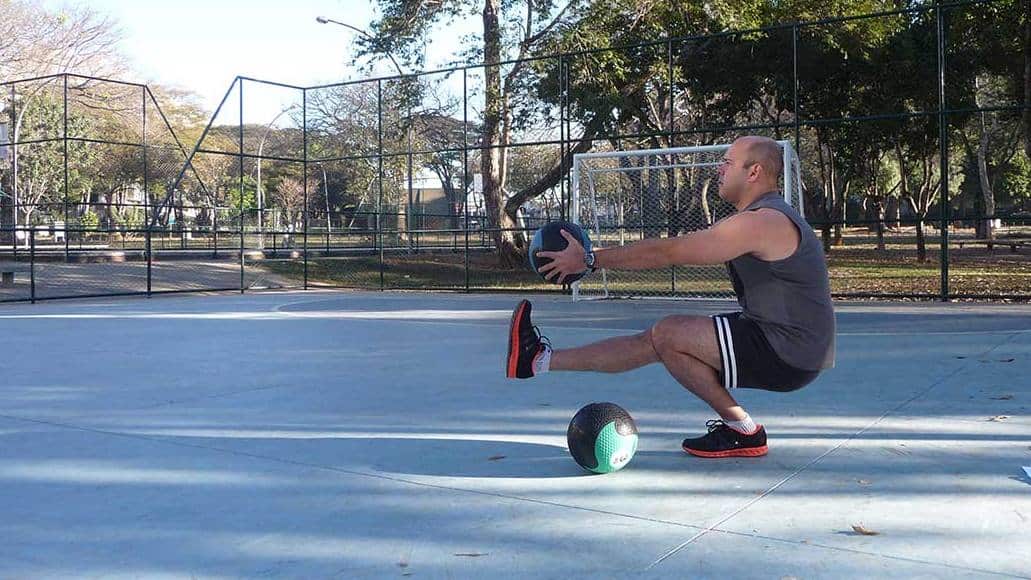
Planks
A plank is when you keep your body straight, but raised. It requires you to contract all of your muscles in your back, abs, legs, and arms to keep yourself stable and steady.
Planks are a timed exercise rather than an exercise where you do reps, so start with 30 seconds at whatever difficulty you think you can handle.
Once you get to 60 seconds, move on to a harder variation. Doing a plank beyond 60 seconds is endurance-based, and will not give you muscle hypertrophy.
The beginning position for the easy and medium plank versions laying face-down on the ground.
Easy: Elbow Planks
- From the ground, position your elbows underneath your shoulders, then raise your body up, keeping your back and legs straight. You should be using your forearms and hands to steady yourself – they should be on the ground.
- Hold for as long as you can, making sure not to sink your shoulders into the position.
Medium: Straight Arm Planks
- From the ground, position your hands underneath your shoulders, then push-up. Use your hands to support your body.
- Hold for as long as you can.
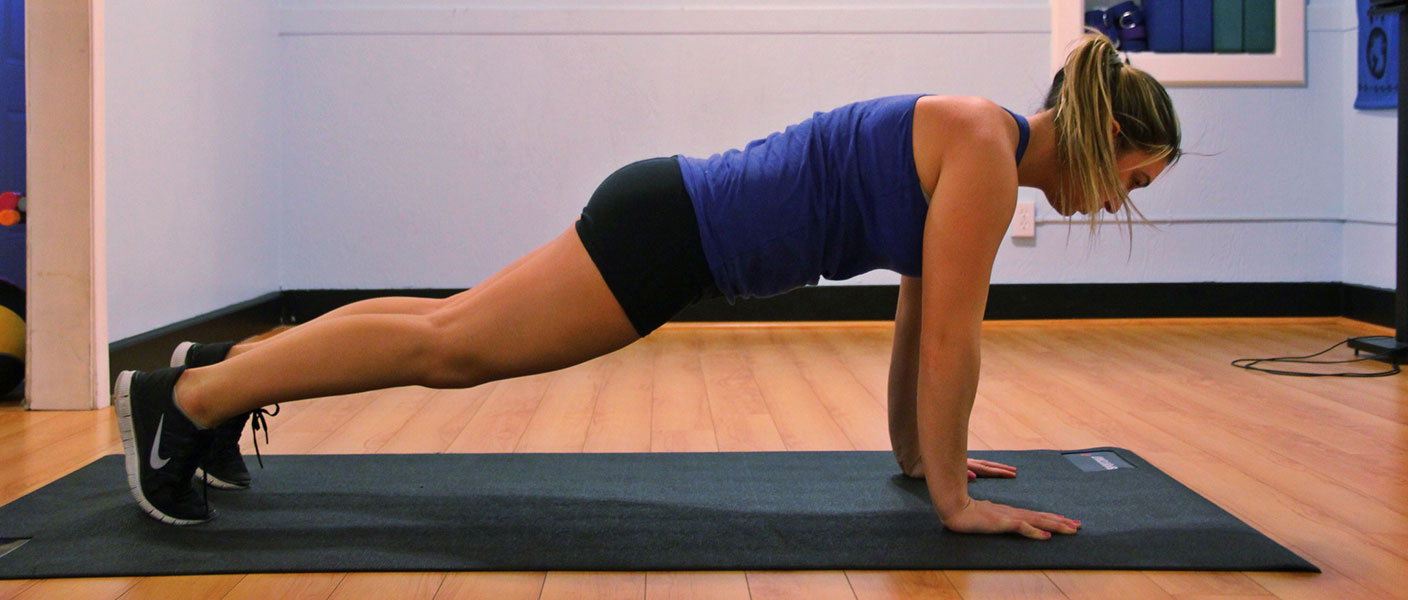
Hard: Raised Foot Planks
- Find a ledge, a box, or a chair.
- Go into a straight arm plank, but with your feet positioned close to the raised ledge.
- After you are in the plank position, lift your legs up, one at a time, until you are planking with raised feet.
- Hold the position for as long as you can, up to 60 seconds.
Leg Lifts
Leg lifts work all of your abdominal muscles as well as your back muscles. Starting position for all forms of the leg lift are lying on the ground, face-up.
Easy: One-Legged Leg Lift
Keeping one leg on the ground, lift the other leg until it is at a 90 degree angle from your body, then lower, but don’t touch the ground.
If this is too hard, you can keep the other leg bent.
Medium: Full Leg Lift
- Contract your abdominals and pull your legs up, while they are straight and together, until they are at a 90 degree angle from your body.
- Lower, but don’t touch the ground.
- Do 8 to 10 reps before you allow your legs to touch the ground again.
Hard: Hip Lift
- Do a leg lift, but as you pull your legs up, also pull your hips up.
- Push your hips into the air with your legs, then lower yourself back to the ground, allowing your lower back to touch the ground, but not your legs.
Push-Ups
Push-ups work your arms and shoulders, but require your abs and obliques to keep you steady and straight, since you are in the same position as a plank.
Easy: Wall Push-Ups
- Stand close to a wall. Keeping your feet together, stretch out your arms until you can place your hands on the wall. Make sure your hands are shoulder width apart.
- Push yourself into the wall and then away from it.
If this is too easy, you can move down, using different heights of ledges until you are able to do a push-up on the floor.
Medium: Straight Body Push-Ups
- Start in the straight-arm plank position.
- Lower yourself down, keeping your elbows close to your body and unflared.
- When you get close to the ground, push yourself back up, ensuring that you keep your back straight the entire time.
Hard: Diamond Push-Ups
This is the same as a straight body push-up, except that your hands are underneath your head, making a diamond shape with your thumb and forefinger on the ground.
This is harder, as you need more balance.
 Pull-Ups
Pull-Ups
Disclaimer: While some people do not consider a pull-up a bodyweight exercise, because you need something to hang from, the entirety of the work of the exercise is done by pulling your own body weight, so it will be included here.
Pull ups work your arms, shoulders, and back, as well as your obliques. If you don’t have a bar you can use, quality pull up bars are not expensive and can be mounted in door frames or elsewhere in your home.
Easy: Negatives
- Start from the top of the bar or ledge where you are doing your pull-ups, arms bent, chest to the bar.
- Lower yourself down as slowly as you can.
- Jump back up to the starting position, and repeat.
Medium: Pull-Ups
- Start in a free hang from the bar or ledge.
- Using your arms, keeping your abdominals contracted, pull your chest to the bar, then lower yourself back down.
Hard: One-Armed
- Like the regular pull-ups, start in a free hang, but instead of using both hands, use only one hand.
- Pull yourself up, keeping yourself steady and not swinging.
- Touch your chest to the bar, then slowly lower yourself down and repeat.
- This move really works your core, as you need to keep yourself steady and relatively straight as you do this move.
Russian Twists
Russian twists work your abdominals and obliques. They are like crunches in that your body is in a “V” shape the entire time, but they are better for your lower back health than crunches or sit-ups.
For each of these, the basic move is the same, but the position as you are doing the exercise is different. To do a Russian twist, keep your body in an upper sit-up position, but twist your torso from side-to-side.
Easy: Feet on the Ground
- Keeping your feet on the ground, but your body in the sit-up position, and keeping your arms crossed in front of your chest, twist your torso from side to side in slow motion.
- Each rep is a twist on both sides.
Medium: Hands Clasped
- Start in a basic sit-up position, then lift your feet off of the ground.
- Holding your hands together in front of you, twist from side to side using only your abdominal and back muscles.
Hard: Arms Out
- Keeping your feet off the ground, in a sit-up position, stretch your arms out in front of you.
- Then twist your torso from side to side in slow motion.
While each of these exercises is a strength exercise, be sure to include cardio in your workout. Aerobic activity is important for the heart, and certain types of cardio can help to burn fat.
Try adding a fun cardio activity like jogging or swimming to your daily routine.
Six-Pack Abs: How Long Will It Take?
Now that you know the key exercises needed to achieve your six pack, you may be wondering how long you will need to be doing these exercises before you can see results.
You’ll notice your workouts become easier within two to three sessions. You will notice your body changes at around 6 weeks, but other may not notice until 12 or more weeks.
You can use a number of devices to measure your body fat changes. The easiest way to measure changes is with a tape measure, but for body-fat specifically, you can use a caliper.
They aren’t the most accurate tool, but they can help you see changes as you progress.
Current weight loss guidelines recommend losing no more than one or two pounds of fat a week, but this for the whole body and not specific to just body fat.
The American Council on Exercise says that losing 1 percentage point of body fat per month is the healthiest and most achievable way to lose body fat. However, some overweight and obese individuals can reduce body fat faster, since they have more overall.
Extreme dieting can help you lose body fat faster, but isn’t recommended, as it isn’t healthy. Remember, abs are usually visible for men at around 10% BF and 17% BF for women.
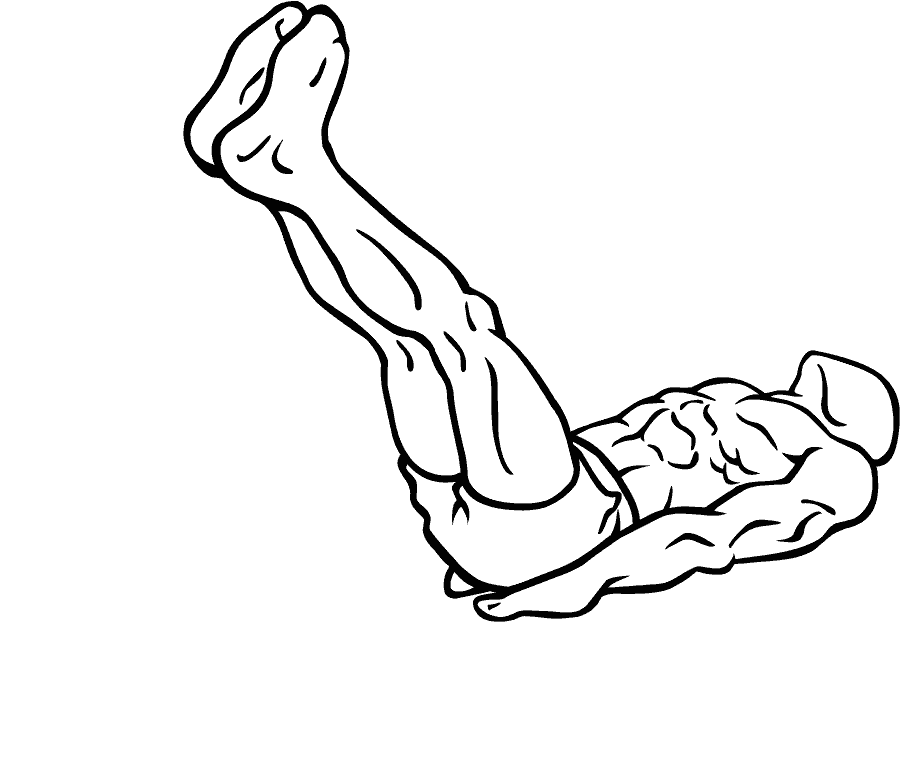
 Pull-Ups
Pull-Ups
Leave a Reply